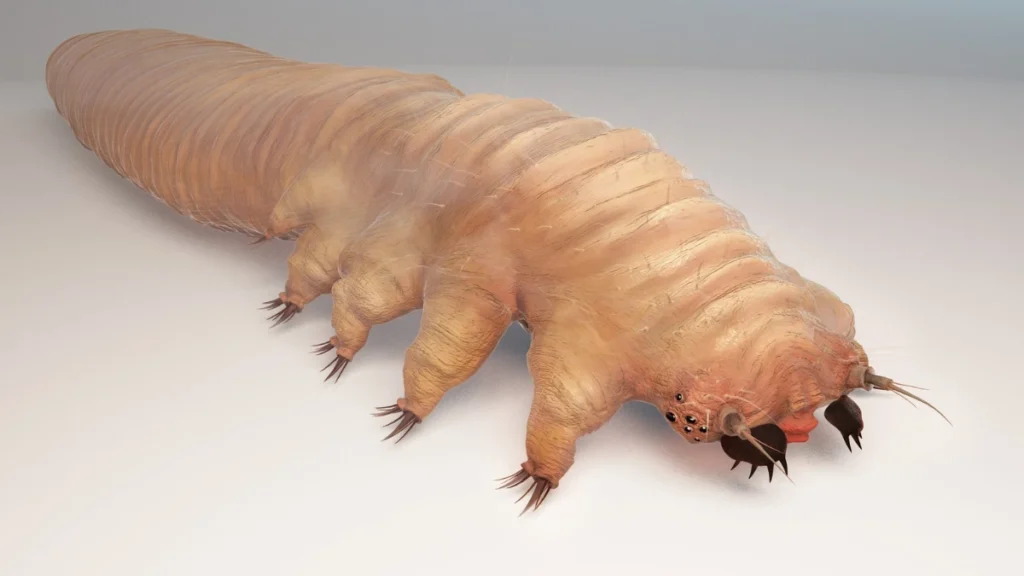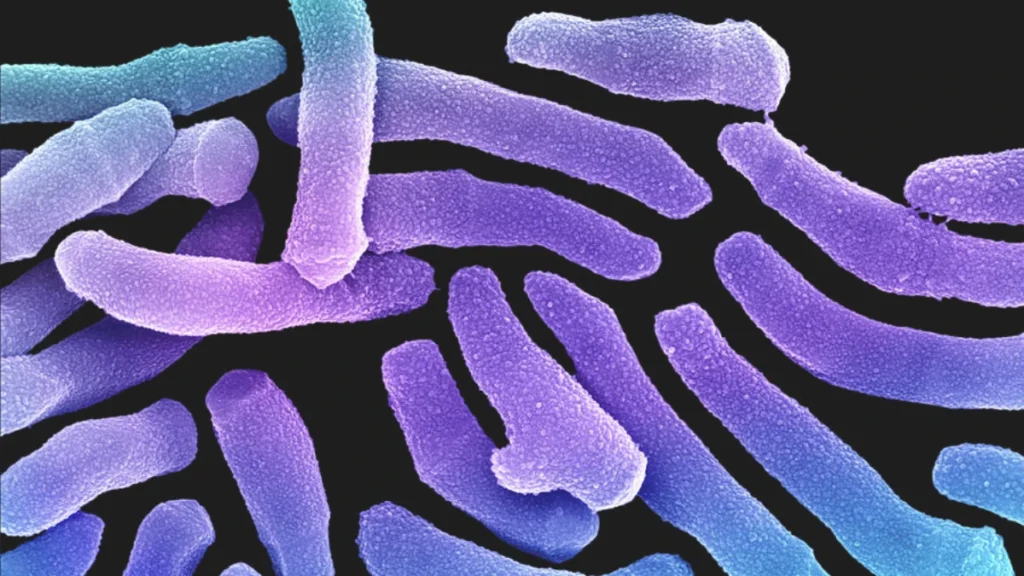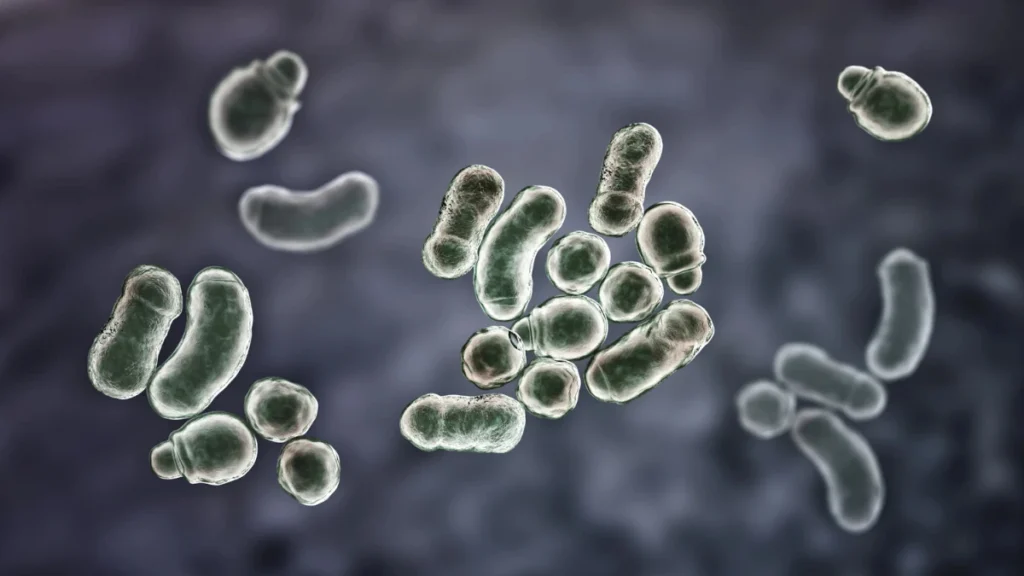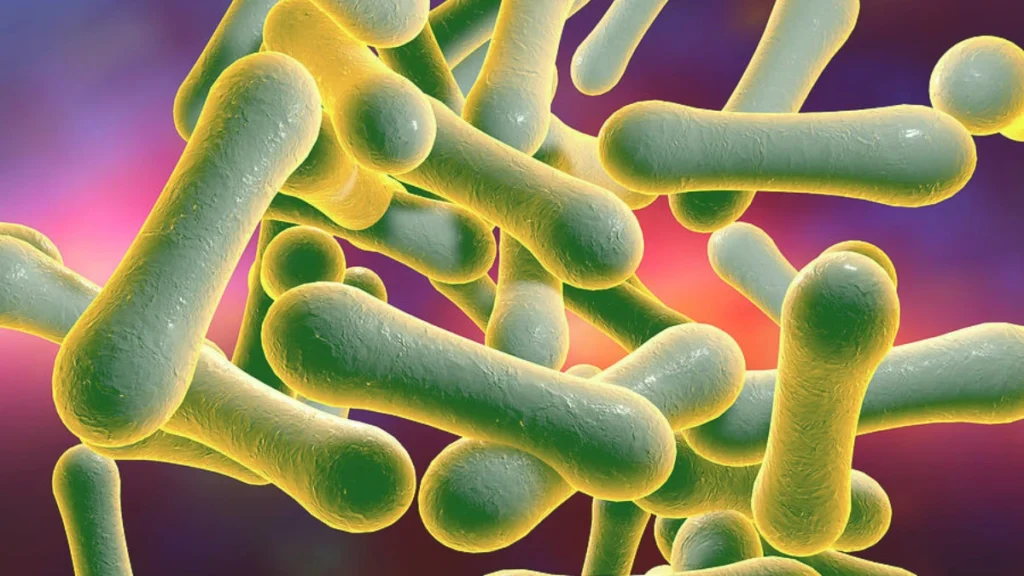Your skin is a vast ecosystem teeming with microscopic life. While most of these organisms are harmless—or even beneficial—some can cause infections or skin conditions under certain circumstances. Below, we take a deep dive into seven tiny creatures that call your skin home.
Demodex Mites (Face Mites)

What Are They?
Demodex mites (Demodex folliculorum and Demodex brevis) are microscopic, worm-like arachnids that live in hair follicles and sebaceous glands, particularly on the face, eyelids, and nose.
How Do They Survive?
- They feed on dead skin cells, oils (sebum), and hormones.
- They are most active at night, moving between follicles to mate and lay eggs.
- A single follicle can house multiple mites.
Are They Harmful?
- Usually harmless: Most people have them without any symptoms.
- Overpopulation risks: Too many mites can lead to rosacea, blepharitis (eyelid inflammation), or demodicosis (skin irritation).
- Transmission: Spread through close skin contact, but they are naturally present from birth.
How to Manage Them?
- Tea tree oil has been shown to reduce mite populations.
- Good facial hygiene (gentle exfoliation, oil control) helps keep numbers in check.
Staphylococcus Epidermidis

What Is It?
A common gram-positive bacteria found on nearly everyone’s skin.
Role on the Skin:
- Protective: Helps prevent harmful pathogens (like Staph aureus) from colonizing.
- Biofilm formation: Creates a protective layer on the skin.
When Does It Become a Problem?
- Infections: Can enter wounds or medical devices (catheters, implants), causing infections.
- Antibiotic resistance: Some strains are resistant to common antibiotics.
Prevention:
- Handwashing reduces spread.
- Proper wound care prevents infections.
Propionibacterium Acnes (Now Called Cutibacterium Acnes)

What Is It?
A slow-growing, anaerobic bacterium that thrives in oily, clogged pores.
Role in Acne:
- Feeds on sebum and releases pro-inflammatory byproducts, triggering pimples.
- Overgrowth leads to whiteheads, blackheads, and cystic acne.
How to Control It?
- Benzoyl peroxide kills bacteria.
- Retinoids prevent clogged pores.
- Probiotic skincare may help balance skin microbes.
Malassezia Yeast

What Is It?
A lipophilic (oil-loving) fungus found in sebum-rich areas (scalp, face, chest).
Associated Conditions:
- Dandruff & Seborrheic Dermatitis: Overgrowth causes flaking and redness.
- Tinea Versicolor: Leads to discolored skin patches.
How to Manage It?
- Antifungal shampoos (ketoconazole, selenium sulfide).
- Reducing oil buildup through regular cleansing.
Streptococcus Bacteria

Types on Skin:
- Streptococcus pyogenes (Group A Strep) – Causes impetigo, cellulitis.
- Streptococcus agalactiae (Group B Strep) – Usually harmless but can infect newborns.
How It Spreads?
- Through open cuts, insect bites, or poor hygiene.
Prevention:
- Disinfecting wounds promptly.
- Avoiding sharing towels or razors.
Corynebacterium

What Does It Do?
- Breaks down sweat into odorous compounds (body odor).
- Common in armpits, feet, and groin.
How to Reduce Odor?
- Antiperspirants (aluminum-based) reduce sweat.
- Antibacterial soaps lower bacterial counts.
Scabies Mites (Sarcoptes Scabiei)

What Are They?
- Microscopic mites that burrow into the skin, laying eggs.
- Cause intense itching and rash (scabies).
How Do You Get Them?
- Skin-to-skin contact (common in crowded places).
Treatment:
- Prescription creams (permethrin, ivermectin).
- Washing bedding/clothes in hot water.
Final Thoughts
Most skin microbes are commensal (harmless) or even beneficial, but imbalances can lead to infections or skin issues. Good hygiene, proper skincare, and a healthy immune system help maintain harmony.
Read More About :








